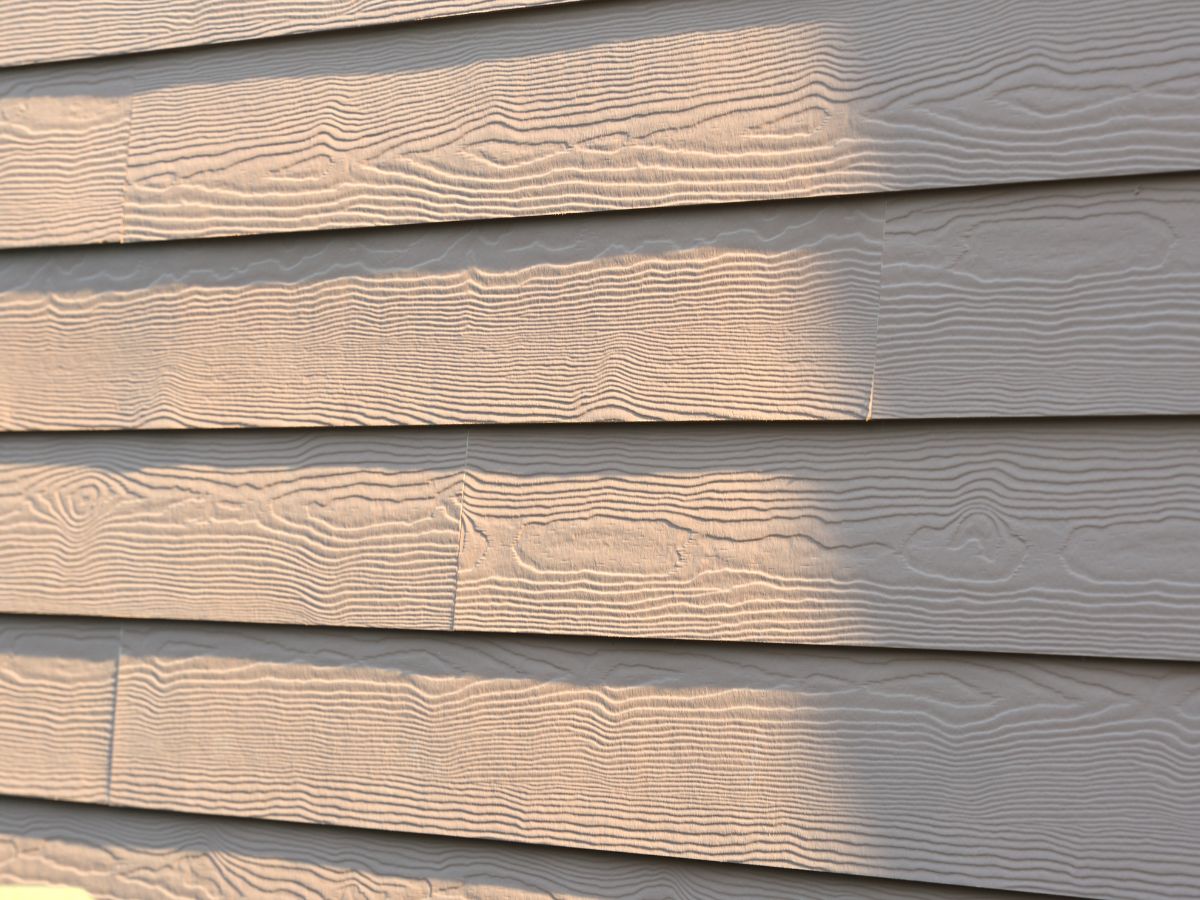
Exploring the Drawbacks of James Hardie Siding: What Homeowners Need to Know
Introduction
When it comes to home improvement, few decisions weigh as heavily on a homeowner's mind as choosing the right siding. With numerous options available, fiber cement siding—particularly James Hardie siding—has gained popularity for its durability and aesthetic appeal. However, while it boasts many advantages, it's crucial to consider the drawbacks associated with this type of siding. In this article, we will dive deep into exploring the drawbacks of James Hardie siding and what homeowners need to know before making this significant investment.

What is James Hardie Siding?
James Hardie siding is a brand of fiber cement siding that has garnered acclaim for its longevity and resistance to various environmental factors. Made from a mixture of cement, sand, and cellulose fibers, this product offers an attractive alternative to traditional wood or vinyl siding.
Why Choose Fiber Cement Siding?
Before diving into its drawbacks, it is essential to understand why many homeowners opt for fiber cement siding in the first place. Its benefits include:
- Durability: Fiber cement siding can withstand harsh weather conditions.
- Fire Resistance: It’s non-combustible and can provide added safety.
- Low Maintenance: Requires less upkeep compared to wood.
However, these benefits don’t come without their downsides.
Exploring the Drawbacks of James Hardie Siding: What Homeowners Need to Know
As we've established, James Hardie siding has several advantages; however, there are also notable drawbacks you should consider before installation.
1. High Initial Costs
One of the most significant drawbacks is the high initial cost associated with purchasing and installing James Hardie siding. https://northcentralusa.blob.core.windows.net/upgrade-tips/window-installation-service/how-much-does-window-installation-cost-bay-area.html
Cost Comparison with Other Types of Siding
When comparing costs with other materials like vinyl or wood, homeowners might find:
| Type of Siding | Average Cost per Square Foot | |-----------------------|------------------------------| | Vinyl | $2 - $7 | | Wood | $5 - $10 | | James Hardie | $6 - $12 |
The installation process also requires skilled labor which can drive up expenses further.
2. Installation Complexity
Installing James Hardie siding requires specialized skills and tools.
Finding Siding Contractors Near Me
It's crucial to find experienced siding contractors near me who understand how to properly install this material. Improper installation can lead to issues down the line; thus, hiring an expert is paramount.
3. Weight Considerations
James Hardie siding is heavier than other options like vinyl or aluminum.
Impact on Structural Integrity
This weight can impact your home's structural integrity if not installed correctly. Make sure your framework can support this robust material before proceeding with installation.
4. Limited Color Options
While James Hardie's ColorPlus technology offers some attractive color choices, it may not satisfy everyone’s design vision.
Customization Challenges
If you're looking for something highly customized or unique colors that aren't part of their palette, you might be disappointed.
5. Potential for Cracking and Chipping
Although durable, fiber cement can crack or chip under certain circumstances.
Preventive Measures
Regular inspections by professional contractors specializing in siding replacement near me can help identify potential issues early on.
6. Environmental Concerns
The production process for fiber cement involves concrete—a resource that contributes to carbon emissions.
Sustainable Alternatives Available?
Homeowners concerned about sustainability may want to explore greener options such as recycled materials or sustainable wood products instead.
Understanding Long-Term Maintenance Requirements
While maintenance is less intensive than wood siding, it still requires periodic attention.
1. Repainting Needs Every 10-15 Years
Even though it resists fading better than some alternatives, eventually every home will need fresh paint due to wear over time.
2. Cleaning Requirements
Keeping your James Hardie siding clean prevents mold and mildew growth—something that could compromise its longevity if left unattended!
Exploring Common Misconceptions About Fiber Cement Siding
There are several myths surrounding fiber cement products worth addressing:
1. "Fiber Cement Is Indestructible"
While robust, nothing lasts forever; storms or heavy impacts can cause damage!

2. "It Doesn’t Require Any Maintenance"
Though low-maintenance compared to wood options—regular upkeep remains necessary!
FAQs about James Hardie Siding
1. What is the lifespan of James Hardie siding?
James Hardie siding typically lasts between 25-50 years when properly maintained.
2. How do I find reliable siding companies near me?
Research online reviews and ask local homeowners for recommendations on reputable contractors in your area for quality installations.
3. Can I install James Hardie myself?
It’s strongly advised against DIY installation due to complexity; hiring professional contractors ensures safety and compliance with building codes.
4. Does fiber cement require painting?
Yes! While pre-painted options exist (like ColorPlus), expect repainting every 10-15 years depending on your climate conditions!
5. Is fiber cement insulation effective?
Fiber cement doesn’t insulate on its own but provides a solid base when paired with proper insulating materials during installation!
6. Are there any fire ratings associated with James Hardie products?
Yes! It’s classified as non-combustible material providing valuable fire resistance in residential designs!
Conclusion
In summary, exploring the drawbacks of James Hardie siding allows homeowners to make informed choices regarding their exterior investments while weighing both pros and cons effectively! Though there are indeed compelling reasons—such as durability—to choose this option—understanding potential pitfalls—including high initial costs or maintenance requirements—is equally essential before proceeding forward! Whether you’re considering new installations or replacements down the road—always consult skilled professionals locally who specialize in these materials! As they say… knowledge is power; being well-informed empowers you for future decisions ahead!

In closing, remember that your home's exterior significantly impacts both aesthetics and functionality—so take time researching thoroughly about different types available out there! Happy renovating!